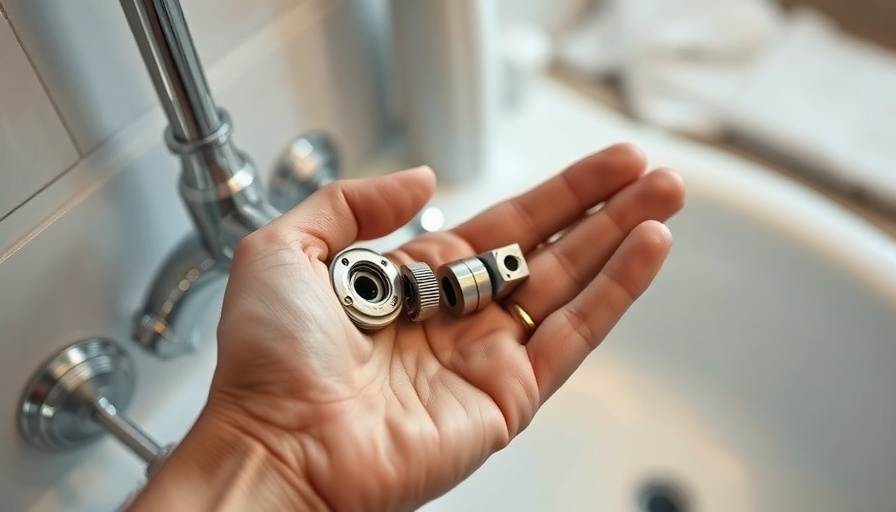
Unlock the Secrets of Shower Diverters: A Simple Guide
Are you tired of your shower diverter failing to reroute water correctly? A malfunctioning diverter can wreak havoc on your bathing routine, leading to simultaneous water flow from both the tub faucet and showerhead. Thankfully, we’ve outlined a straightforward solution that any homeowner can tackle.
What is a Shower Diverter?
The shower diverter is an essential device in your bathroom, serving the critical function of directing water from the bathtub to the showerhead. Whether it’s a pull-up knob, a button, or part of a multi-handle setup, understanding your diverter's mechanism is key to maintaining a seamless shower experience.
Is Your Diverter Broken? Let's Diagnose!
Identifying a broken diverter is simple: if water flows from both outlets simultaneously when the diverter is engaged, chances are something is amiss. Most commonly, rubber stoppers within the diverter may lose their efficacy, failing to create a proper seal and allowing water to leak through.
Types of Diverters You Might Encounter
There are three common types of shower diverters:
- 3-Valve Diverter: Features two taps and is usually present in older homes.
- 2-Valve Diverter: Found in single-handle setups, blending hot and cold water.
- Tee Diverter: A pull-up mechanism typically positioned on the tub spout, it's the most recognized type today.
DIY Fix: Easy Steps to Repairing Your Diverter
Follow these straightforward steps to repair your diverter without breaking the bank:
- Cleaning the Spout: The most common culprit for a malfunctioning diverter is built-up sludge and minerals. A vinegar solution is ideal for cleaning—simple yet effective. Mix vinegar with water, soak a plastic bag in the solution, and immerse the spout for 3-4 days. Once clean, rinse thoroughly, and check the diverter functionality.
- Loosen with Cooking Spray: If you find the spout too stiff even after cleaning, a quick spray of cooking spray can help ease stubborn parts without the risk of damage that other products may pose.
Your Reinvention Awaits!
Home repairs can be a rewarding challenge. By understanding and tackling issues like a malfunctioning shower diverter, you not only save money but also embrace the empowerment that comes with being a hands-on homeowner. Ready to get started? Your bathroom oasis is just a few tools away!
 Add Row
Add Row  Add
Add 




Write A Comment